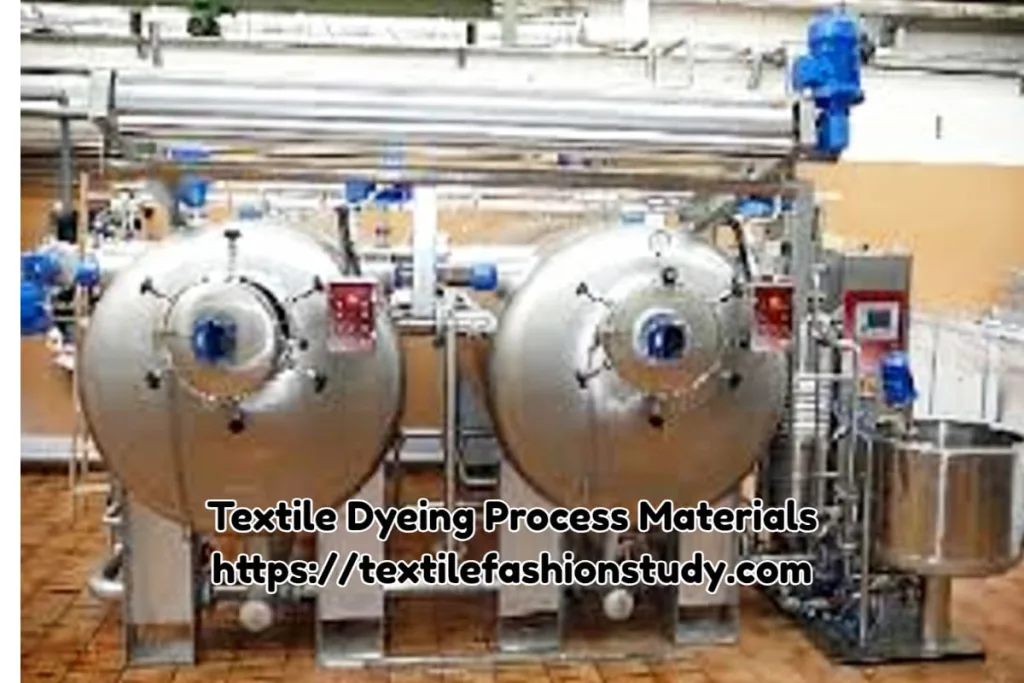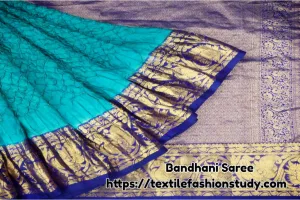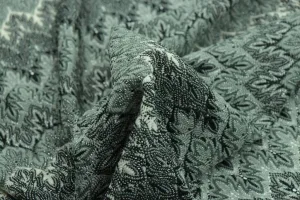Table of Contents
What is the dyeing process?
Dyeing is a distribution process in which the dye or pigment is distributed in at least two phases, i.e., the dye or pigment bath or solution and the textile material. In fact, dyeing is done in a dye bath in this process. Besides, a dye bath contains a solution of dyes, chemicals, and other auxiliaries. Dyes, or pigments are generally the main coloring materials in the dyeing. There are various types of dyes and pigments that use for coloring textile materials. Wet processing methods include the Dyeing, Printing, and Finishing process. However, a grey end product can not be a choice who likes to use an attractive and comfortable product. For this reason, raw materials are processed in different stages of manufacturing to make them suitable. When dyeing is the first step of the wet processing method. Dyeing also defines the coloration process. Anyhow, dyeing is an important process. So, we must know about this process clearly.
Materials for Textile Dyeing Process
The dyeing is suitable for fiber, yarn, and fabric. Textile materials could be natural or man-made but depending on the types of textile materials dyes, chemicals, and dyeing varies from one to another. During the dyeing of textile materials, bonding creates between fiber and textile materials. As a result, dyes are fixed with textile materials after the dyeing process. The performance of textile materials also depends on dyeing performance. If we want to pass the different quality tests of textile materials thereafter we need to give deep concern to the dyeing process.

General Concepts About Dyeing Methods
The dyeing involves various factors. The following are the most important elements to consider for the dyeing process. If anyone wants to set up a dyeing processing mill, he or she should give deep concern to these factors. They are-
Textile Materials:
Firstly, textile materials are the main element of the dyeing process. Before starting the dyeing process, we need to know the types of raw materials. Generally, the dyeing process occurs on fiber, yarn, and fabric. Depending on the types of raw materials, the dyeing process varies. A highly knowledgeable expert should be there to improve dyeing efficiency.
Dyes or Pigments:
Secondly, dyes or pigments are the main coloring materials for coloring raw textile materials. Different types of dyes are essential for different types of textile materials. Dyes vary depending on their chemical structures. Different types of dye manufacturing companies supply different types of dyes. So before using this dye, one should know the properties of dyes.
Chemicals and Auxiliaries:
Thirdly, after selecting dyes, one should select chemicals that are suitable for those dyes. Different types of chemicals and auxiliaries are also involved during the dyeing process. It helps dyes make a better solution.
Machinery for Pre-Treatment:
Before dyeing, raw textile materials need to be pre-treated. Because dyeing performance depends on better pre-treatment,. Different types of gummy materials exist with raw materials. So we should select machinery that is suitable for the pre-treatment of raw materials.
Dyeing Machinery:
After pre-treatment of raw materials, they become ready for dyeing. Different types of dyeing machines are available for different types of textile materials.
Utilities:
Lastly, in these sectors, utilities mean water, gas, electricity, or others. A huge amount of water is needed for the dyeing process. So water plays a vital role in the dyeing process. Water pH is an important factor in the dyeing process. So we should be careful about it. Gas or electricity is a must for running the dyeing process.
In sum, after dyeing, one will get dyed materials, and then one should send them for after-treatment, where neutralization and washing are done.
Above all, dyeing is a huge sector in the textile industry. If one wants to do something better in this sector, he/she should be more efficient in the theoretical as well as the practical fields. One should be concerned about the types of fiber, yarn, or fabric and their chemical structure, as well as the fabric’s structure.
At last, after completing dyeing, one will get an attractive and comfortable end product that is easy to use.





